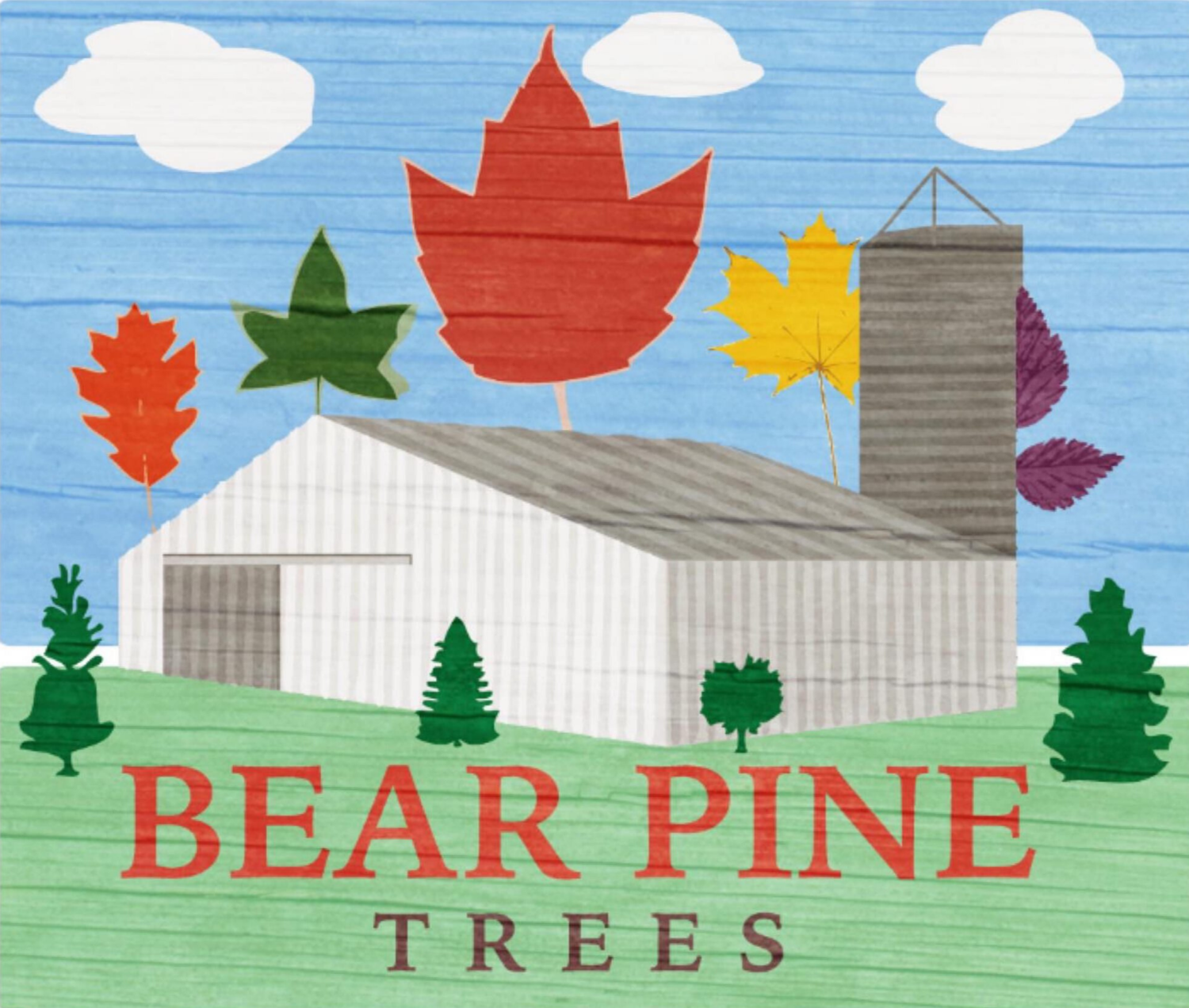Tree Selection
My goal is to provide trees to the local market - trees that were grown here in our distinctive climate and soil. My trees are grown in clay soil, if it will grow in clay, it can grow anywhere.
Through much research and many years of experience, trials, and failures, I have learned what works for our soils, here in Chatham-Kent.
With each tree that I select for growing, there are three factors I keep in mind - hardiness, character, and beauty.
Flash Fire Sugar Maple
Hardiness
Survival rates for our local hardiness zone (which is 6b) and our soil type (which is loam to clay and usually alkalinic in PH)
Average or moderate growing rates
Transplantability
Birch Clump
Character
Bark can display interesting characteristics like peeling, colour, smoothness, plateness, or the exfoliating and molting that happens with sycamore. My favorite is the bronze, shiny, peeling bark of the paperbark maple (Acer griseum).
Mature size is extremely important for the location of the tree in the yard. I try to pick trees that have different mature size, so that I can offer a variety to my customers.
Good structure (branches that naturally grow out at wide angles and radiate in a whorl around trunk)
Tree form is important for area in yard. Large crown for shade or columnar for tight space and privacy.
Sweetgum
Beauty
Excellent fall color is very important (sugar and red maple cultivars, ornamental pear, red oak are good examples)
Spring flowers (caltalpa, chanticleer pear, horse chestnut, hawthorn ,Red bud are some examples).
Leaf shape (tulip tree, horse chestnut) or leaf texture, chanticleer pear and regal prince oak have glossy rich green leaves for example.
Schedule your visit
Bear Pine is by appointment only. Book your appointment with Joe in advance - he’d be happy to help you find your perfect Bear Pine Tree.




